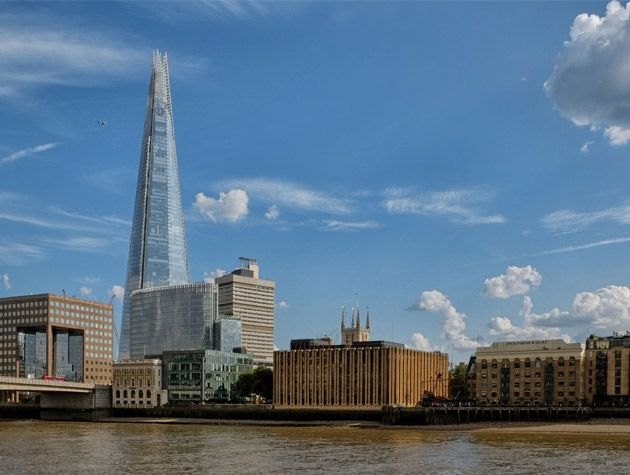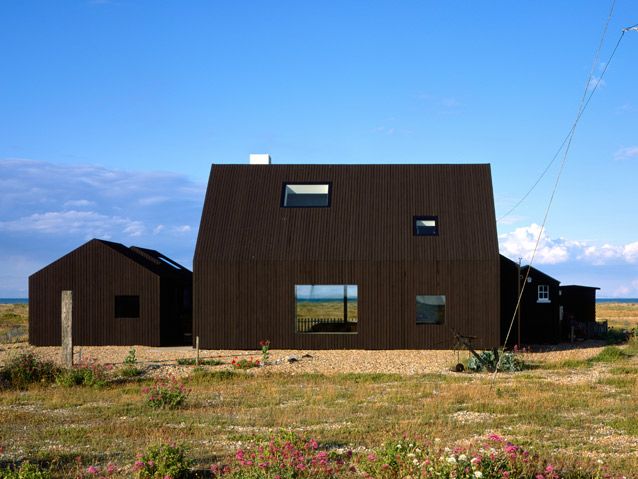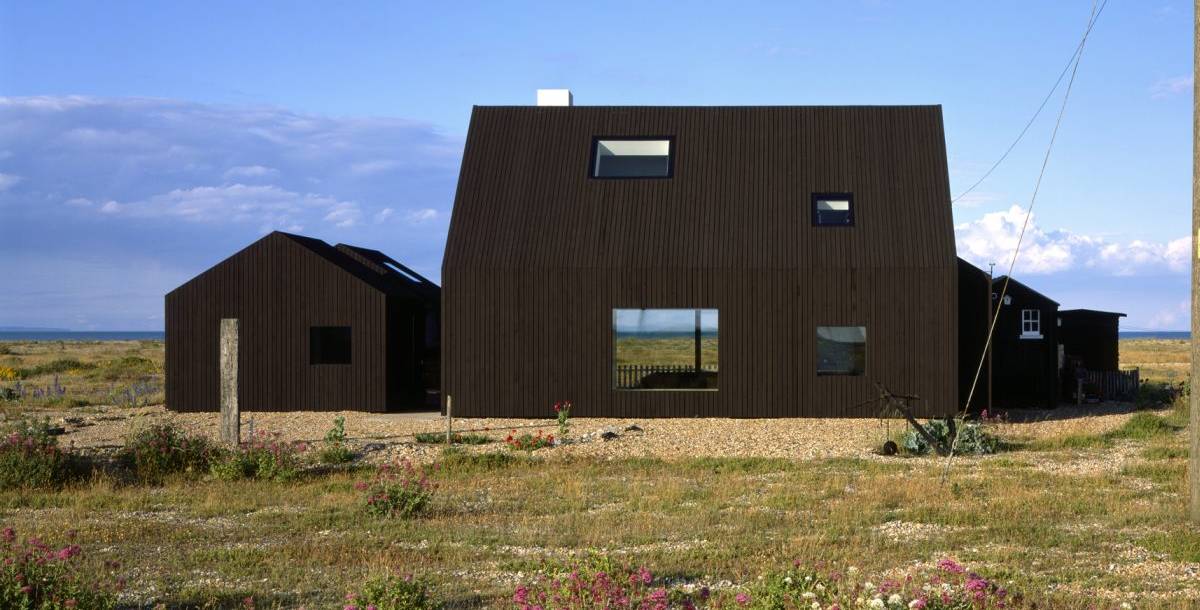Kevin McCloud discusses trends in architecture
Our editor-at-large looks at different trends in design and muses over popular materials
There is a certain discomfort in building design that architects are loathe to acknowledge: trendiness. These days, most people get the idea that good architecture responds to people and to place, and that as a result it continues forevermore to provide new solutions and ideas. Heck, it offers an endless supply of new and interesting projects to Grand Designs – so aren’t we lucky that its resourcefulness seems infinite?
People, place and time
But there is a third exigency in the holy trinity of architecture in addition to people and place. Our understanding of buildings is experiential – it happens in time and in movement. And properties are designed for this and in response to time.
There’s no getting away from it: any building and any made object, from a spoon to a dam, is put together in a specific moment of history. The moment may last a week or five years, but it remains, over the decades that follow, an event that is anchored inexorably against the flow of time.
This isn’t to say trends in architecture design respond to fluxes of fashion. You won’t find a building that embodies the musical nuances of garage, house or hip-hop, or that’s wearing a skin with the same cut as Stella McCartney’s latest catwalk outfits.
As architect Rem Koolhaas said: ‘Any large project takes at least four or five years, so increasingly there is a discrepancy between the acceleration of culture and the continuing slowness of architecture.’

The Shard in London Bridge by Italian architect Renzo Piano. Photo: Eric Huybrechts
Fashions, trends and inspiration
There are fashions and trends as much as there are changes in engineering and technology, and architects are sensitive about this because they like to think of every building as being a specific response to a specific context and brief (the place and people thing again). They also dislike the idea of being accused of plagiarism.
Although here there lies a paradox. Evidently they are inspired by seeing and visiting other buildings, and it’s this influence – a sort of miasma of consent – that provides us with such recognisable styles of building over the decades and centuries.
The best way of summing this up in a way that an architect can accept is to say that without existing buildings there is no learning. Or, as Wilson Mizner was quoted as saying in Tales of a Wayward Inn by Frank Case: ‘When you take stuff from one writer it’s plagiarism, but when you take it from many writers it’s called research.’

Ansty Plum in Wiltshire was designed by David Levitt of Ove Arup, with a studio added by famous Brutalists Alison and Peter Smithson. It was later renovated by architects Coppin Dockray. Photo: Hélène Binet
Current arhitecture trends
So now that we’ve shared an understanding of the sensitivities, we can talk trends, can’t we? How glass-skinned buildings have dominated our cities in this century, and how fashionable an influence chocolate has been. Or vegetables. ‘Is it a Creme Egg or a Gherkin?’ And what about that rash of oak cladding that seemed to infect every architect-designed housing scheme of the late Nineties?
Anyway, now we’re in 2016 and I’m beginning to think about visiting the longlisted RIBA projects for this year’s House of the Year series that we’ll broadcast in the autumn. How many of them are to be built from handcrafted Danish brick, I wonder? Or just brick, for that matter, which is enjoying a resurgence as a durable and very characterful material. Its most strident incarnation in the capital is in O’Donnell & Tuomey’s magnificent new design for the London School of Economics, over which they have thrown a great Cubist drape of subtly patterned and perforated brickwork.
Black buildings
The way that buildings are now constructed and insulated means that the skin no longer represents the structure. It’s now possible to clad a property with any serviceable rainscreen, and yet the big, powerful ideas persist.
Equally popular as brick in any architecture-trainspotter’s notebook these days is black buildings. They can be painted black or made of black brick; clad in rubber (Simon Conder’s Gelon Hanna House on Dungeness Beach probably kicked off the whole black house thing in 2003), or stained timber (Gregory Kewish’s radical Cornish home, first featured on Grand Designs in 2014).
I first came across scorched timber when the architects DSDHA used it on a project about 10 years ago. Then the redoubtable Lincoln Miles used burned larch to reclad his Isle of Wight bungalow, a project we filmed for Grand Designs nearly a decade ago. The material is highly serviceable because scorching wood both chars and brings resins to the surface, forming a durable, rot-proof skin that needs no maintenance. It also happens to be black.
Right now I’m filming three black houses for Grand Designs, and no doubt there’ll be a crop among the longlist for 2016’s RIBA House of the Year. What do they mean? Are they an anti-architecture gesture? A response to planners’ increasing demands for ‘quiet’ buildings? Deliberate attempts at shadows of buildings? Or even an extreme reaction to the white-walled modernist houses of the twentieth century?
Or do they collectively represent a ‘coolness’ in building that feels appropriate in city and country alike, and yet doesn’t feel British as much as Scandinavian or Swiss? I think all of the above may apply, but I’ll make my judgement in about 15 years.









